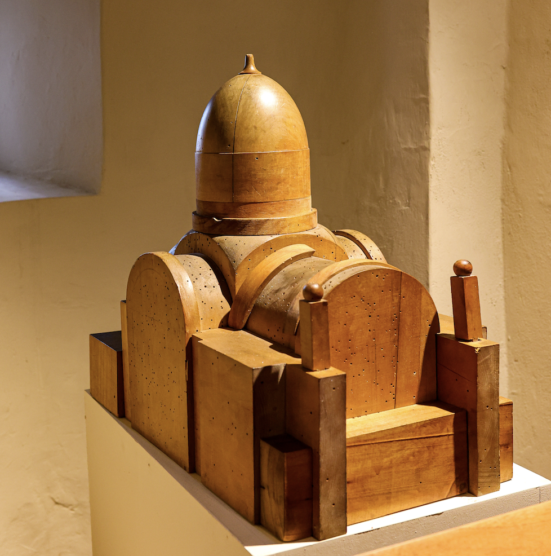A millenary history of beauty, people, and cities

Among the most extraordinary pieces showcased at Case di vita. Synagogues and Cemeteries in Italy, there are a late 15th century mahazor (prayer book) from the Emilia Romagna area, shown for the first time; the Vercelli Holy Ark or chamber for the scrolls of the Torah made in Piedmont in the 17th century, at the time of the ghettos; the designs for the big architectural competitions for the new monumental synagogues in the centre of the main Italian cities after the unification of the country, the most famous being the Turin Mole Antonelliana originally built as a Jewish temple. And the list could go on.
Materials come from city archives, Jewish Communities, and families, benefiting from precious loans and documents from the State Archives and Jewish Communities, to expose a fascinating story of cities and human beings. In this perspective, Italian cities come to a new light revealing places of still hidden beauty and a lesser-known history, such as that of Jewish cemeteries.
Their evolution, which is complex and troubled, is key to understand the relationship between Italian Jewry and public power in the various periods of time. From the ancient Jewish catacombs in Rome and Venosa, to the fields or ortacci (the bad vegetable gardens) outside the city walls in the Middle Ages: Jewish rites always intrigued society, so much so that in 1720 Alessandro Magnasco, one of the main exponents of the fantastic and grotesque style, painted a Jewish Funeral currently displayed in the Musée d’art et d’historie du Judaïsme now permanently at the Louvre, that granted the loan for the exhibition.
The 1772 funeral column of Yehudah Leon Briel can also be seen in the exhibition. He was one of the most famous masters of Italian Judaism between the 17th and 18th centuries. Mantua was one of the cradles of Jewish cultural, artistic, and religious life. Another item on display is the precious bronze clad seat that the banker and Senator Ugo Pisa commissioned to the sculptor Mario Quadrelli in 1887 for the Jewish Section of Milan’s Monumental Cemetery.
Above, Florentine Carver, Model of the Jewish Temple Florence, c. 1880, Carved wood (Jewish Museum, Florence’s Jewish Community).
